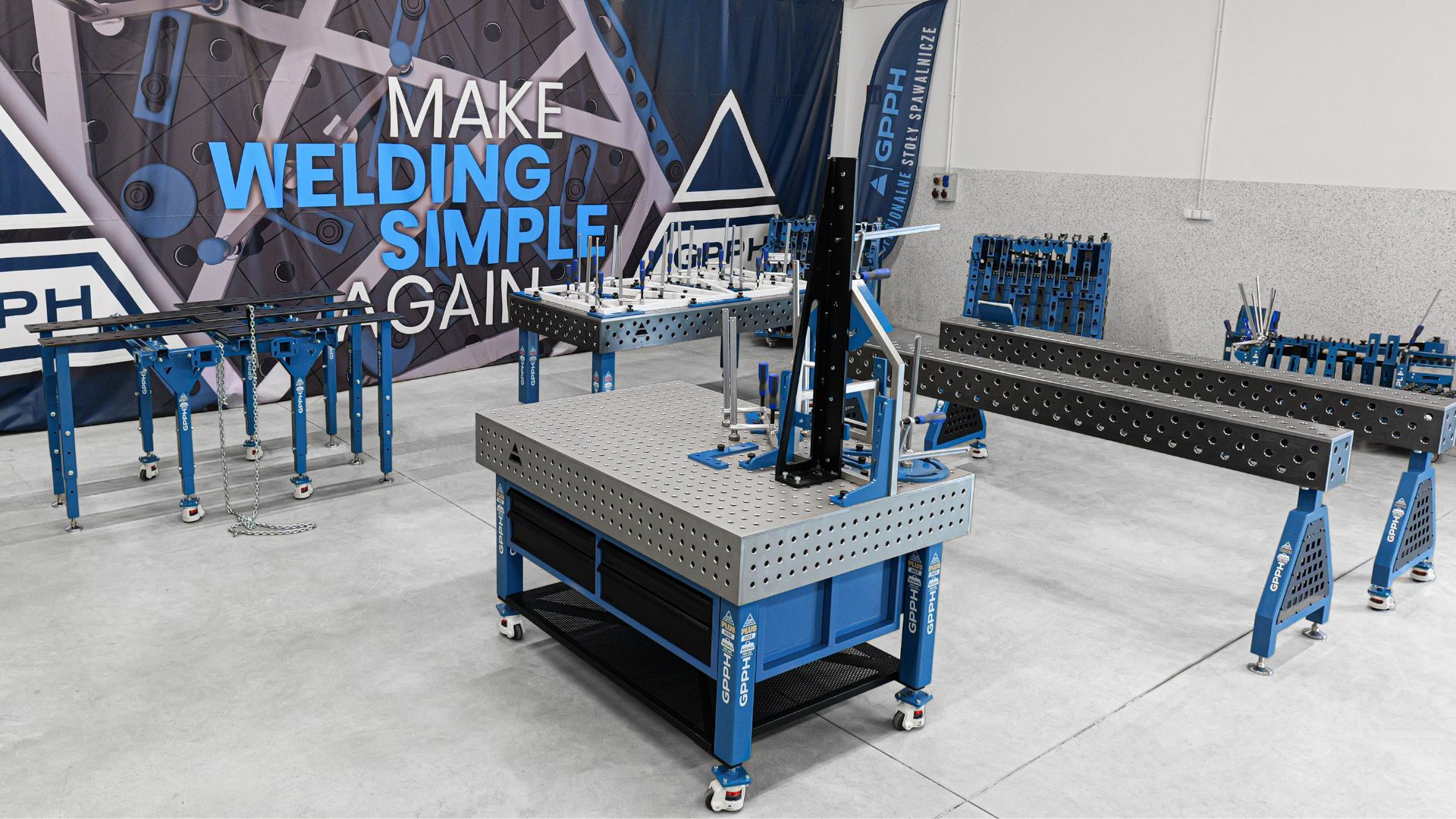Welding is a skilled trade that requires precision, practice, and the right equipment. For beginners, starting with a welding table can provide a stable and reliable workspace that enhances learning and skill development. This guide covers the basic skills and first steps for beginners working on a welding table, offering insights into essential techniques and tips to get started.
Introduction to Welding on a Welding Table
A welding table is a flat, stable surface designed specifically for welding tasks. It provides a secure and adjustable platform for holding workpieces, ensuring precision and safety during welding. High-quality welding tables, such as those manufactured by GPPH Group, offer features like modular fixtures and precision surfaces that are ideal for both beginners and experienced welders. Bekijk hier de hoogwaardige lastafels van GPPH Group.
Basic Skills for Beginner Welders
- Understanding Welding Types: The first step in welding is understanding the different types of welding processes, such as MIG (Metal Inert Gas), TIG (Tungsten Inert Gas), and stick welding. Each type has its own applications, advantages, and techniques.
- Safety First: Welding involves high temperatures, UV light, and hazardous fumes. Always wear appropriate personal protective equipment (PPE) including a welding helmet with a proper shade, fire-resistant gloves, long-sleeve shirts, and safety glasses.
- Reading Blueprints and Schematics: Understanding how to read and interpret blueprints and welding schematics is essential. These documents provide detailed instructions on the weld types, positions, and specifications required for a project.
- Materiaalvoorbereiding: Clean the metal surfaces to remove any dirt, rust, or oil. Proper preparation ensures better weld quality and prevents contamination of the weld pool.
First Steps on the Welding Table
- De lastafel instellen: Position the welding table in a well-ventilated area to avoid inhaling harmful fumes. Ensure the table is level and secure to prevent any movement during welding.
- Securing Workpieces: Use clamps and fixtures to hold the workpieces firmly in place. GPPH Group’s welding tables are designed with modular fixtures that allow for precise and secure positioning of materials. This setup is crucial for maintaining accuracy and stability during welding.
- Adjusting the Welding Machine: Stel je lasmachine in volgens het type laswerk dat je uitvoert. Pas parameters zoals voltage, stroomsterkte en draadaanvoersnelheid aan op basis van de dikte en het type metaal. De juiste instellingen zijn cruciaal voor het maken van sterke, schone lassen.
- Practice Makes Perfect: Start with practice welds on scrap metal to get a feel for the process. Focus on controlling the welding torch, maintaining a consistent speed, and achieving a steady weld bead.
Basis lastechnieken
- Hechtlassen: Begin met het aan elkaar lassen van de stukken. Hechtlassen zijn kleine lassen die de werkstukken op hun plaats houden en voorkomen dat ze verschuiven tijdens het uiteindelijke lasproces.
- Butt Joints: This is a common welding technique where two pieces of metal are joined edge-to-edge. Ensure that the edges are aligned and use clamps to hold them in place. Apply the weld along the seam, maintaining a steady hand and consistent speed.
- Fillet Welds: Fillet welds join two pieces of metal at a right angle. This type of weld is commonly used for welding metal structures and frames. Position the pieces securely and run the weld bead along the joint, ensuring good penetration and a smooth finish.
- Weld Bead Control: Practice maintaining a steady arc length and travel speed. Consistent control of the welding torch ensures uniform weld beads and reduces the likelihood of defects.
Common Challenges and Solutions
- Lasspatten: Excessive weld spatter can be minimized by adjusting the welding parameters and ensuring clean work surfaces. Anti-spatter sprays can also help reduce spatter accumulation on the welding table and workpieces.
- Vervorming: Heat from welding can cause metal to warp or distort. To prevent this, use clamps to hold the pieces in place and weld in a sequence that distributes heat evenly. Preheating the metal can also reduce the risk of distortion.
- Poreusheid: Porosity in welds is caused by trapped gases. Ensure proper shielding gas coverage and clean the metal surfaces thoroughly to avoid contamination. Adjusting the gas flow rate can also help reduce porosity.
- Cracking: Cracks in welds can occur due to improper welding techniques or incompatible materials. Use the correct filler metal and preheat thicker materials to reduce the risk of cracking. Maintain a steady, controlled welding speed to ensure a solid weld.
Conclusie
Welding on a welding table offers beginners a stable and efficient platform to develop their skills. By following these basic steps and techniques, beginners can achieve strong, high-quality welds. Investing in a high-quality welding table, such as those from GPPH Group, provides a reliable and precise foundation for any welding project. Bezoek de website van GPPH Group to explore their range of innovative welding tables and accessories.
By mastering these initial skills and overcoming common challenges, beginners can build a solid foundation in welding, paving the way for more advanced techniques and complex projects. With practice, attention to detail, and the right equipment, anyone can become proficient in welding on a welding table.

